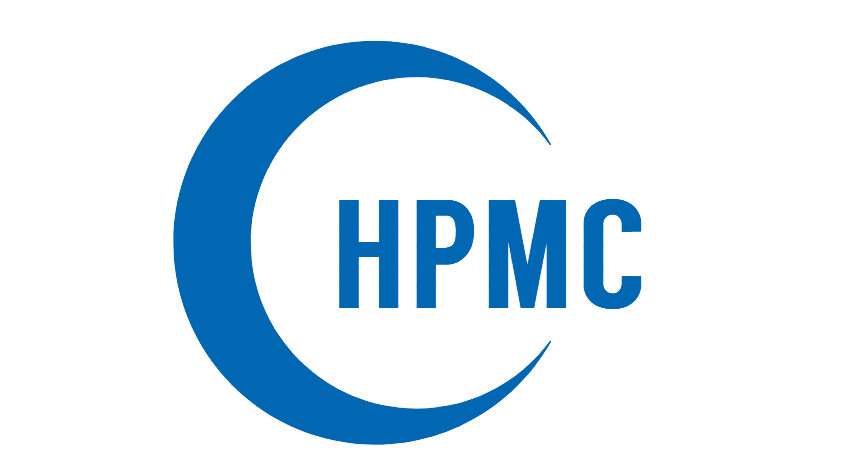HPMC manufacturer-Proportion and Application of Hydroxypropyl Methyl Cellulose Ether in Machine Spray Mortar
The mechanized construction of mortar has been tried and promoted in China for many years, but no substantial progress has been achieved. In addition to people's skepticism about the disruptive changes that mechanized construction will bring to traditional construction methods, the main reason is that in the traditional mode, the mortar mixed on site is prone to block pipes and other projects during the mechanized construction process due to problems such as particle size and performance. The failure not only affects the construction progress, but also increases the construction intensity, which breeds the fear of difficulties among workers and increases the difficulty for the promotion of mechanized construction.
In recent years, with the establishment of large-scale dry-mix mortar plants all over the country, the quality and stability of the mortar have been guaranteed. However, dry-mixed mortar is processed and produced by factories. In terms of raw materials, the price must be higher than that of on-site mixing. If manual plastering continues, there is no competitive advantage over on-site mixing mortar. Even if there are countries Due to the 'prohibition' policy, the nascent dry-mixed mortar plant was still struggling to make a living and eventually collapsed.
The construction process of machine spray mortar mainly includes mixing, pumping and spraying. Under the premise of reasonable formula and qualified raw material quality, the main function of machine-sprayed mortar compound additive is to optimize the quality of freshly mixed mortar and improve the pumping performance of mortar. Therefore, the general machine-blasting mortar compound additive is composed of a water-retaining agent and a pumping agent. Hydroxypropyl methyl cellulose ether is an excellent water-retaining agent, which can not only increase the viscosity of mortar, but also significantly improve the fluidity of mortar and reduce segregation and bleeding under the same consistency value. happened. The pumping agent is generally composed of an air-entraining agent and a water-reducing agent. A large number of tiny air bubbles are introduced during the stirring process of the newly mixed mortar to form a ball effect, which can reduce the frictional resistance between the aggregate particles and improve the pumping performance of the mortar. . During the spraying process of the machine-blasted mortar, the micro-vibration caused by the rotation of the screw conveying pump is easy to delaminate the mortar in the hopper, resulting in a small consistency value in the upper layer and a large consistency value in the lower layer. The uneven quality of the mortar after molding is prone to shrinkage cracking. Therefore, when designing compound additives for machine-blasted mortar, some stabilizers should be added appropriately to slow down the delamination of mortar.
Compared with the traditional mortar mixed on site, the biggest difference of the machine spray mortar is the introduction of a series of admixtures such as hydroxypropyl methyl cellulose ether, which can optimize the performance of the mortar, so that the workability of the newly mixed mortar is good. , high water retention rate, and still has good working performance after long-distance and large-height pumping. Its biggest advantage lies in the high construction efficiency and the good quality of the mortar after forming. Since the mortar has a large initial speed during spraying, it can have a relatively firm grip with the substrate, which can effectively reduce the phenomenon of hollowing and cracking. occur.
After continuous tests, it was found that when spraying the mortar with the mixing machine, the machine-made sand with a maximum particle size of 2.5 mm, a stone powder content of less than 12%, and a reasonable gradation, or a maximum particle size of 4.75 mm and a mud content of less than 5% should be used. Pipe blocking phenomenon will not occur in all river sand; when the water retention rate of the freshly mixed mortar is controlled above 95%, the consistency value is controlled at about 90mm, and the 2h consistency loss is controlled within 10mm, the mortar has good pumping performance and spraying performance. In addition, the appearance of the mortar after molding is smooth and clean, the slurry is uniform and rich, and there is no sagging and no hollowing and cracking.
When the staff did the machine spraying mortar experiment, the content of the compound additive was 0.08%. The final mortar had good workability, excellent pumping performance, no sagging during the spraying process, and the maximum thickness of one spraying was up to 25px.
